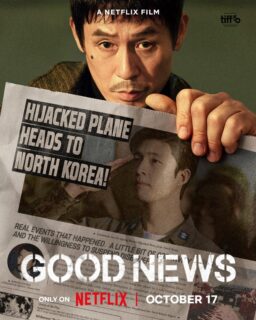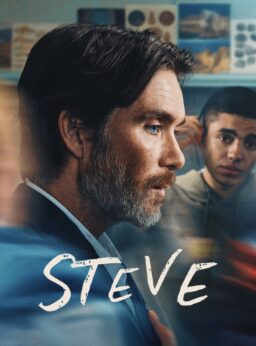She was, a critic once wrote, the last of the silent stars – because her eyes almost made it unnecessary for her to speak. She was a movie superstar for 20 years, but more than that, she was a role model: Teenage girls cut their hair like Audrey Hepburn’s, and how many young women watched “Breakfast at Tiffany’s” and decided that it would be wonderful to live in New York City?
What you noticed first of all on the screen was the physical presence. Her elegant neck, so impossibly regal, and those big eyes and the lips so quick to smile. But like all great stars, there was more to her than beauty; she was not a model but an actress, and she played in so many different kinds of movies that it was impossible to typecast her.
Think of her in “The Nun’s Story,” determined to speak out against Nazis. As Nastasha in “War and Peace.” As the married woman who risks adultery in “Two for the Road.” Remember her as Holly Golightly and Eliza Dolittle and Maid Marian – an unforgettable embodiment of three completely different women.
She could seem so vulnerable that perhaps it seemed natural for directors to cast her with older, protective men. In “Sabrina,” William Holden was in love with her, but she reached out to Humphrey Bogart, his embittered brother. She fell in love with Gregory Peck in “Roman Holiday” and William Holden, finally, in “Paris When It Sizzles,” and Fred Astaire found her in Greenwich Village and made her into a fashion model in “Funny Face.”
There was an enormous controversy when George Cukor cast her in the 1964 film version of “My Fair Lady,” because many people believed Julie Andrews had made the Eliza role her own on the stage and deserved the movie role. But Cukor felt Andrews was not yet enough of a star to handle a movie, and studio chief Jack Warner agreed.
Maybe they were right; certainly Andrews could have done her own singing, while Hepburn was dubbed. But look at the movie today with an open mind and you will see the special qualities that Hepburn brought to the role.
By then Hepburn was nearing the end of her golden years, although in 1967 she starred in “Wait Until Dark,” a thriller that contained what is still one of the single most frightening moments in movie history. She played a blind woman who thought she was alone and safe in a room – and was wrong.
She worked as recently as 1989, in Steven Spielberg’s “Always,” but her symbolic farewell to the screen was in “Robin and Marian” (1976), where a middle-aged Robin Hood (Sean Connery) returned from the Crusades to find his Marian in a convent. She had a glow in that movie that you realized was not connected to age or time, but came from within.
If you want to put together a little video festival of the great seasons of her work, go backward, from “Robin and Marian” to “My Fair Lady” to “Breakfast at Tiffany’s” to “Funny Face.”
Then go all the way back to 1951 and glimpse her in “The Lavender Hill Mob,” a classic British comedy, where everything was still before her, and you could see even by then that she would be a star.











